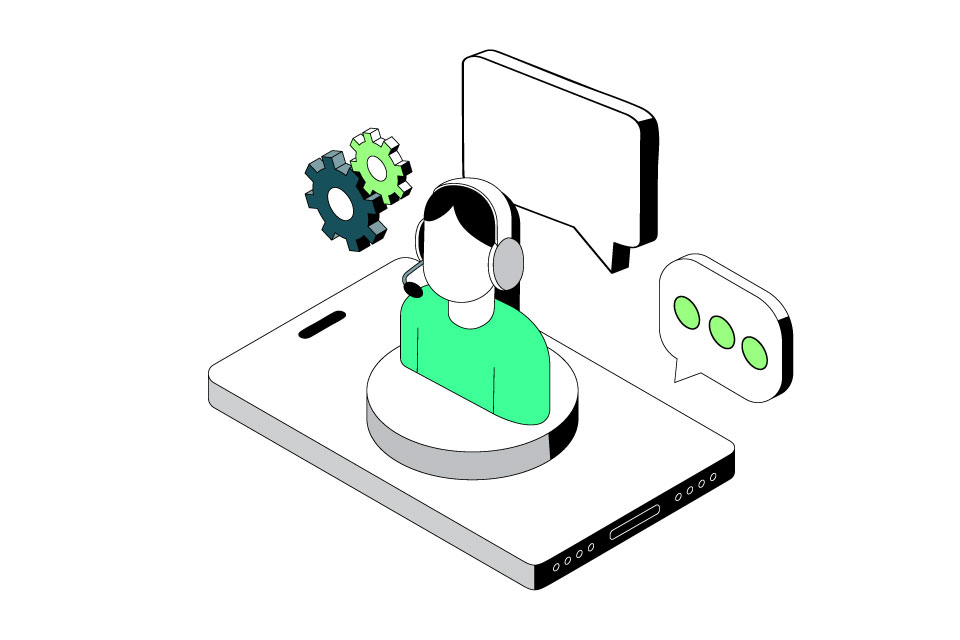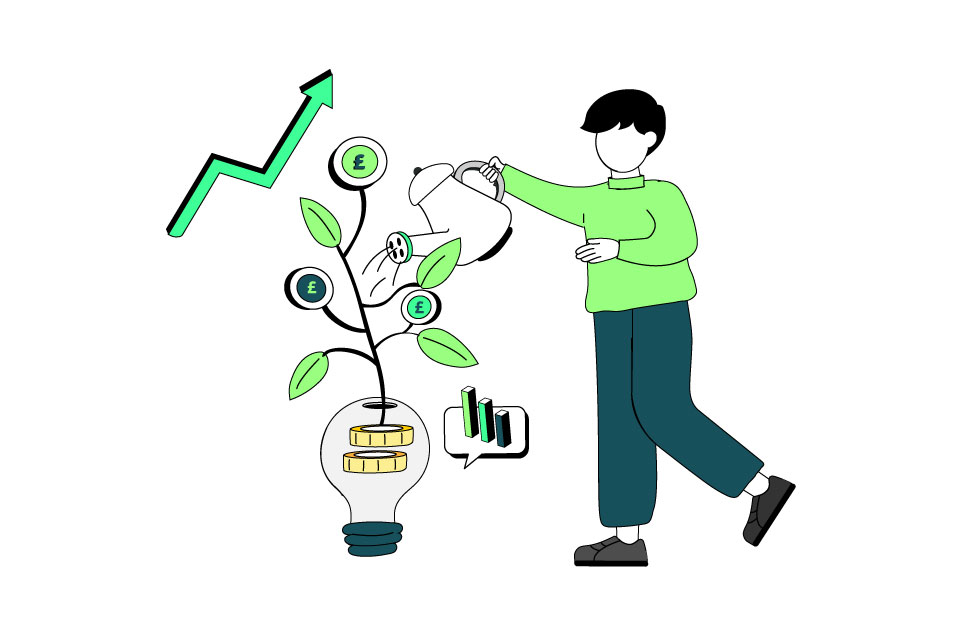The closure of Fenwick’s flagship London store last weekend struck a chord with me – particularly the stories in this Guardian piece from some of its customers who used to cherish the personal touch they received when they visited the iconic store.
With Fenwick’s following a similar fate to Debenhams and House of Fraser in recent years, many retail commentators have lamented some department stores’ ability to adapt quickly enough to shifts in customer expectations and needs.
Some retailers and department stores, however, have bucked this trend by differentiating and enhancing their brands through diversification while adhering to their core purpose and values. They understand what makes them unique and what their customers are looking for. For example, a trusted champion, good advice, value for money, a sense of doing the right thing, being on the side of the customer – and all this physically reinforces why they might favour one store over another. The attention to detail, the training, the whole experience – it’s about a consistent level of service.
The demise of Fenwick’s also reflects the harsh reality of the high street more broadly in 2024, which is facing a major identity crisis. The debate around physical versus virtual is hotly discussed – for me though, we need to consider where the value is added for each different delivery method. A physical experience is more multi-faceted. It encompasses the location, the wider emotional experience, the context, and the journey from house to high street. It also impacts – and is impacted by – additional services used, the reason for going out, the friends met, and the food eaten.
The virtual experience is, in truth, transactional. It’s about ease, convenience, and timescales as well as advice, choice, and opportunity. When we are designing our customer journeys, we need to understand much more about what and why, the different behaviours and motivations and how we are satisfying those in appropriate ways.
One doesn’t replicate the other. Somehow, I worry that we have forgotten this – whatever the sector or service. Online and physical deliver different things in different ways to different markets – it shouldn’t be about the efficiencies we achieve. If we get the experience right, the efficiencies and effectiveness follow – whether that is in person or virtual. I would urge us to focus more on the outcome, not just the process.
What are the lessons for other sectors?
This serves as a timely reminder to all of us. Whatever the sector, we need to keep up with the times, ahead of competitors and in lockstep with customers. This means demonstrating agility and staying true to your purpose whilst re-inventing the offer and experience and constantly evolving. If you’re standing still, you are probably going backwards.
In the retail world, M&S has shown the success of trading on their heritage whilst modernising with the customer in mind. In banking, over the past 25 years, first direct has evolved from telephone bank to digital bank, while maintaining a 24/7 phone service with sub-one-minute answer times. In the energy sector, Octopus has sacrificed some opportunities for short-term profit to help customers manage historically high prices, building advocacy and loyalty along the way.
Personalisation is vital
Whatever our sector, we are all invariably striving to produce a more personal experience for both online and offline interactions with our customers. The data we collect, organise and use is key to how we can genuinely personalise.
Clearly, the execution and approach will be different in the online and physical space. In a physical sense, the ability to respond is probably more impressive if we have trained, developed and invested in our people – they are delivering the human touch, the memory and the spontaneity, making the judgement call and making it count – currently online experiences struggle to do this as well as a human interface. The key is working out which channel and which approach is best for which activity and customer.
In an increasingly competitive landscape, those businesses who understand service and use their customer data to adapt and personalise are seeing the return. As our latest UK Customer Satisfaction Index shows, satisfied customers result in higher profits, growth and productivity. Critically, excellent customer service builds trust, loyalty and advocacy. By pursuing service excellence, businesses can survive the competitive environment.
The high street can remain a pillar of any community
The reason, I think, that the Fenwick news resonated with so many is because it taps into the emotive issue of how our town centres make us feel. A thriving high street is a vibrant place that supports its community – and its community reciprocates that support. It’s a destination, and – as highlighted in a recent article in The Grocer reporting a further fall in UK retail footfall in January – it’s a destination in need of creative stimulation.
But at the core of this revamp is the need to deliver a consistent and human experience. In a tough economic environment for many, customers want to feel valued, respected and cared for.
By investing in the service proposition, retailers and all other businesses can create lasting trust, loyalty, and connection with their customers and communities – all of which are ultimately essential for maintaining a healthy bottom line.



